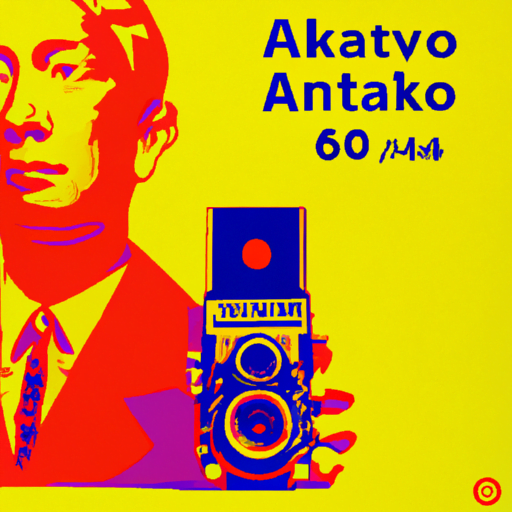
-
Table of Contents
Ikko Tanaka: A Pioneer in Japanese Graphic Design

Ikko Tanaka was a renowned Japanese graphic designer who made significant contributions to the field of design during the 20th century. His innovative and distinctive style, influenced by traditional Japanese aesthetics and modern design principles, has left a lasting impact on the world of graphic design. This article explores the life, work, and legacy of Ikko Tanaka, highlighting his unique approach to design and his influence on the global design community.
Early Life and Education
Ikko Tanaka was born on January 13, 1930, in Nara, Japan. Growing up in a culturally rich environment, he developed a deep appreciation for traditional Japanese art and design. Tanaka’s interest in design was further nurtured during his time at Kyoto City School of Fine Arts, where he studied from 1948 to 1950. He then pursued his education at the Tokyo National University of Fine Arts and Music, graduating in 1954 with a degree in design.
Founding of Tanaka Design Studio
After completing his education, Ikko Tanaka founded the Tanaka Design Studio in 1963. The studio quickly gained recognition for its innovative approach to graphic design, blending traditional Japanese aesthetics with modern design principles. Tanaka’s work often featured bold colors, geometric shapes, and a strong emphasis on typography.
One of Tanaka’s notable early projects was the design of the logo for the 1964 Tokyo Olympics. His design, which incorporated the rising sun motif and the Olympic rings, perfectly captured the spirit of the event and received widespread acclaim. This project catapulted Tanaka to international fame and established him as a leading figure in the world of graphic design.
Influence of Traditional Japanese Aesthetics
One of the defining characteristics of Ikko Tanaka’s work was his deep appreciation for traditional Japanese aesthetics. He drew inspiration from various art forms, including calligraphy, ukiyo-e prints, and traditional textile patterns. Tanaka skillfully incorporated these elements into his designs, creating a unique visual language that resonated with both Japanese and international audiences.
For example, Tanaka’s poster design for the Nihon Buyo performance in 1975 showcased his mastery of traditional Japanese aesthetics. The poster featured a bold red background with a stylized image of a dancer, capturing the elegance and grace of the traditional dance form. Tanaka’s ability to blend traditional and modern elements in his designs set him apart from his contemporaries and made his work instantly recognizable.
International Recognition and Collaborations
Ikko Tanaka’s innovative approach to design and his unique visual language quickly gained international recognition. He was invited to participate in numerous exhibitions and design conferences around the world, further cementing his status as a global design icon.
Tanaka also collaborated with several international brands and organizations, including Issey Miyake, Muji, and the Seibu Department Store. His collaborations often resulted in groundbreaking designs that pushed the boundaries of traditional graphic design. For instance, his collaboration with Issey Miyake led to the creation of iconic fashion advertisements that combined photography, typography, and graphic elements in a visually striking manner.
Legacy and Impact
Ikko Tanaka’s contributions to the field of graphic design have had a lasting impact on the global design community. His innovative use of color, typography, and traditional Japanese aesthetics continues to inspire designers around the world.
Tanaka’s influence can be seen in the work of contemporary designers who draw inspiration from his bold and distinctive style. His emphasis on simplicity, balance, and harmony in design has become a guiding principle for many aspiring designers.
Furthermore, Tanaka’s legacy extends beyond his individual designs. He played a crucial role in establishing graphic design as a respected profession in Japan and was instrumental in founding the Japan Graphic Designers Association (JAGDA) in 1978. JAGDA continues to promote excellence in design and serves as a platform for designers to exchange ideas and collaborate.
Conclusion
Ikko Tanaka’s innovative and distinctive approach to graphic design has left an indelible mark on the world of design. His ability to blend traditional Japanese aesthetics with modern design principles has made his work timeless and universally appealing. Tanaka’s influence continues to inspire designers around the world, and his contributions to the field of graphic design will be remembered for generations to come.
